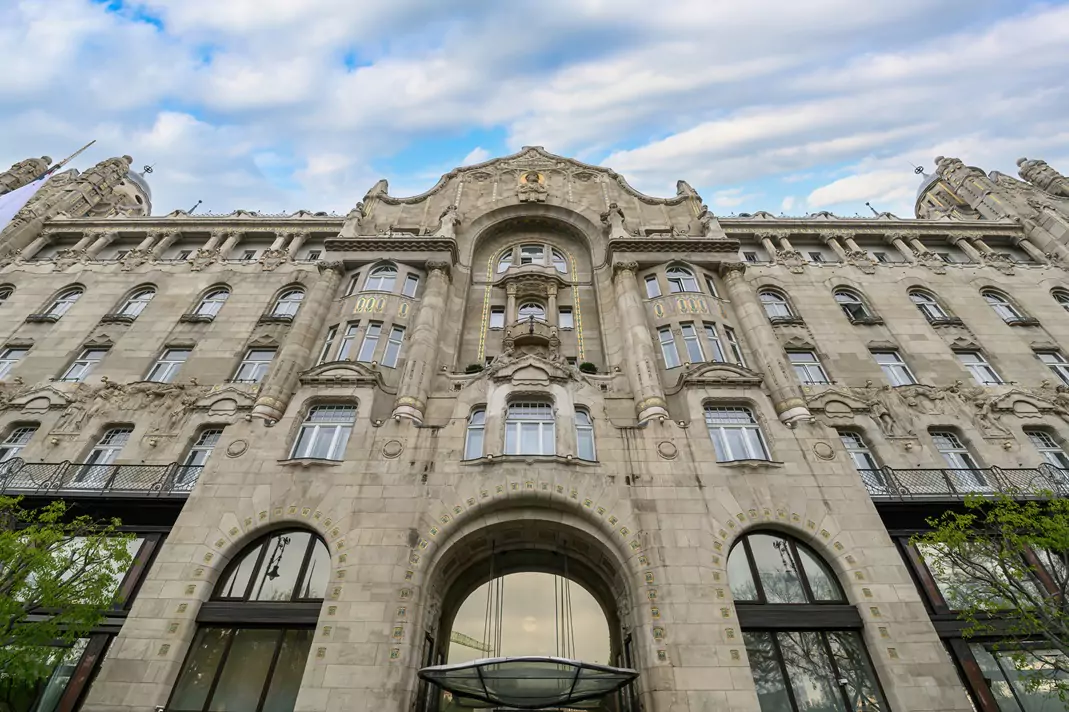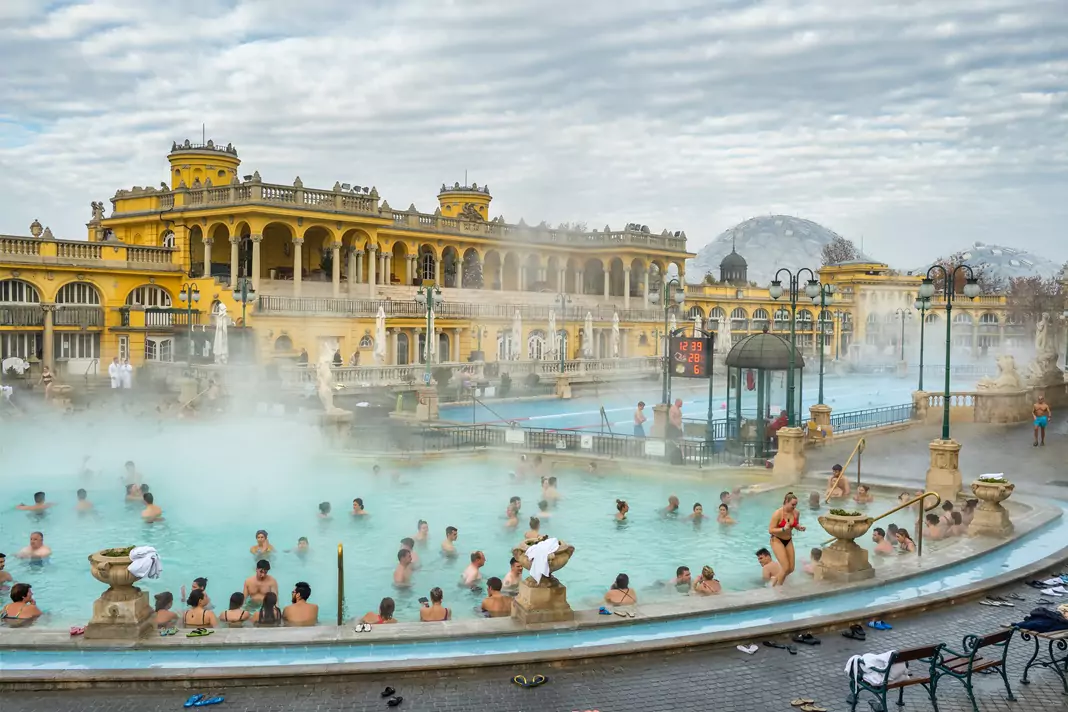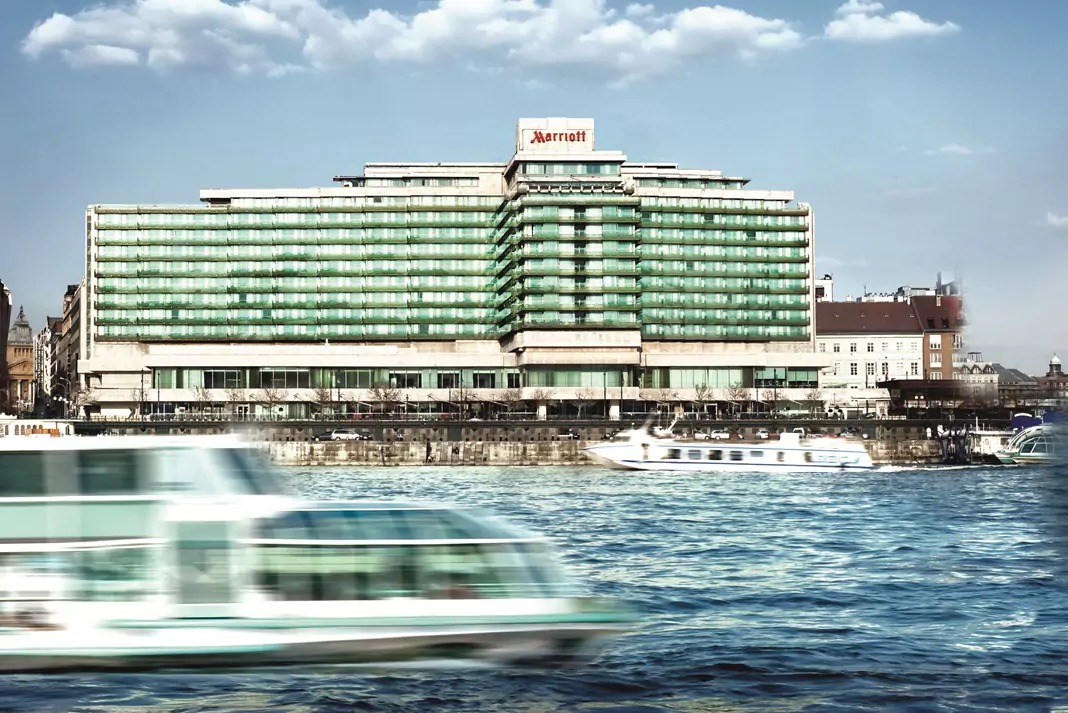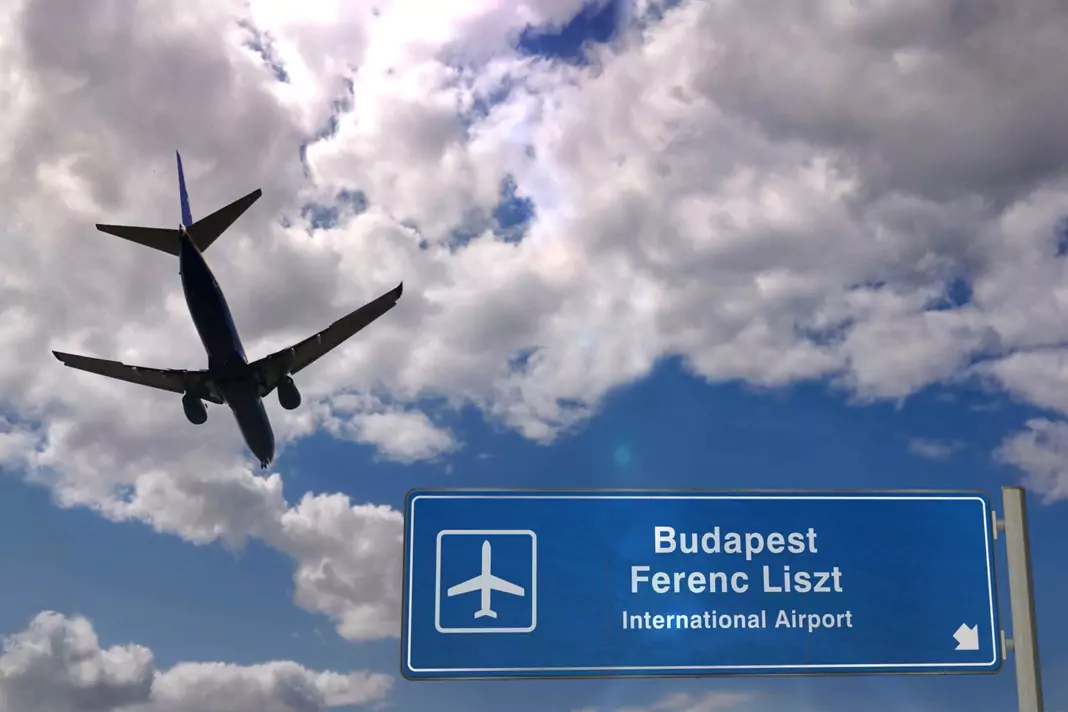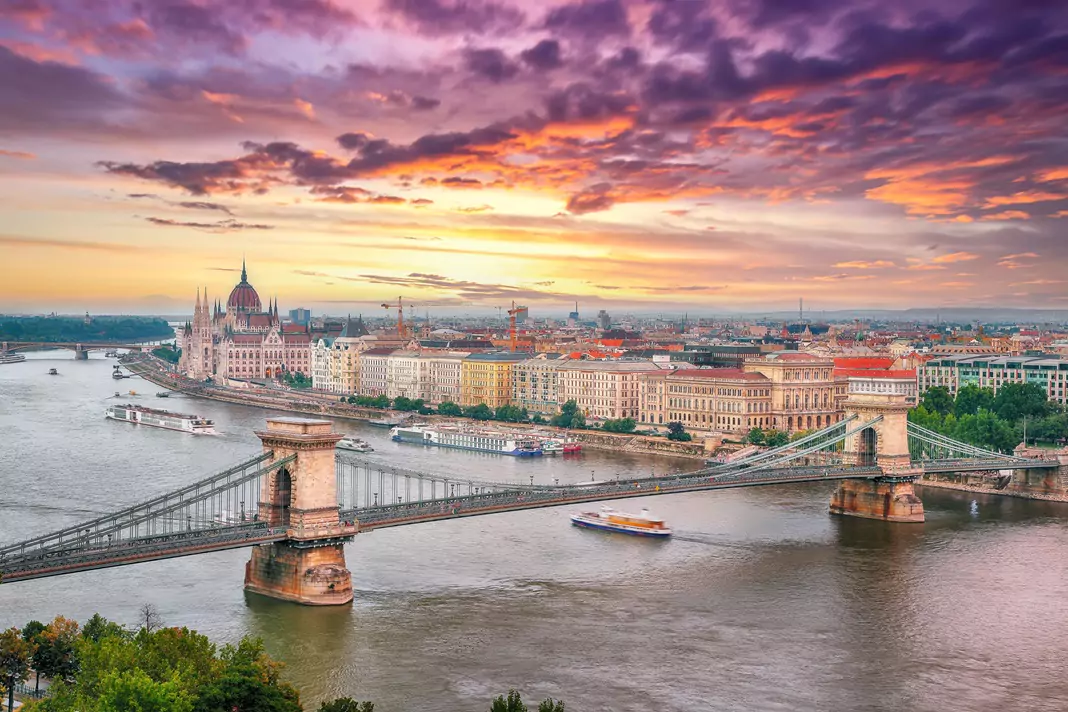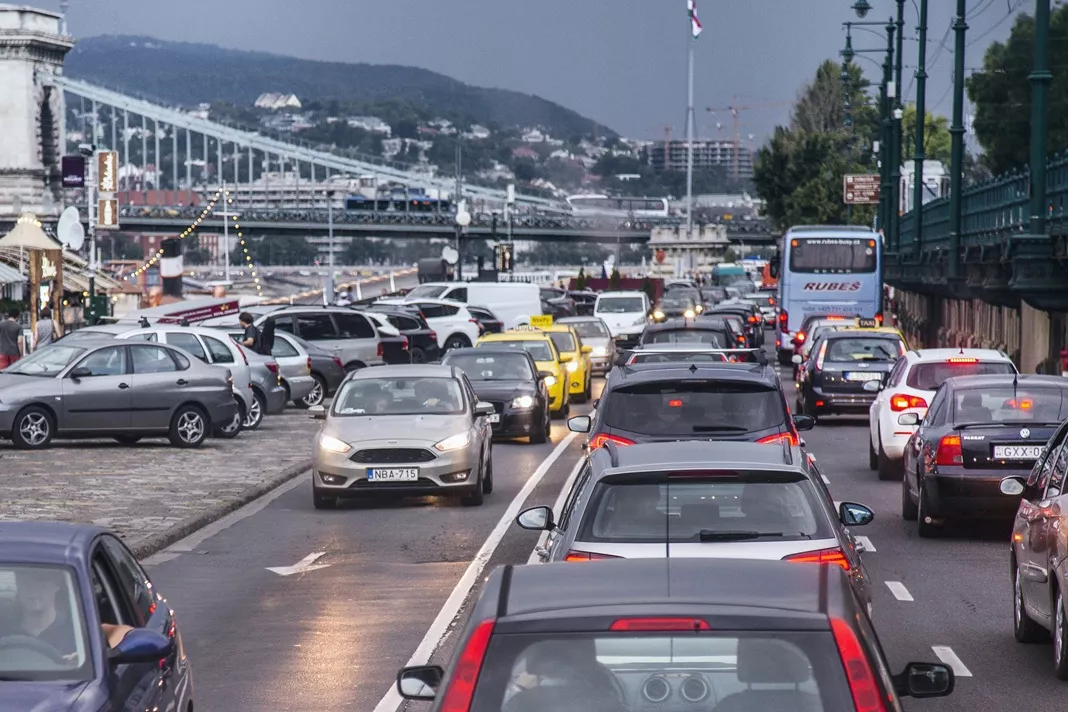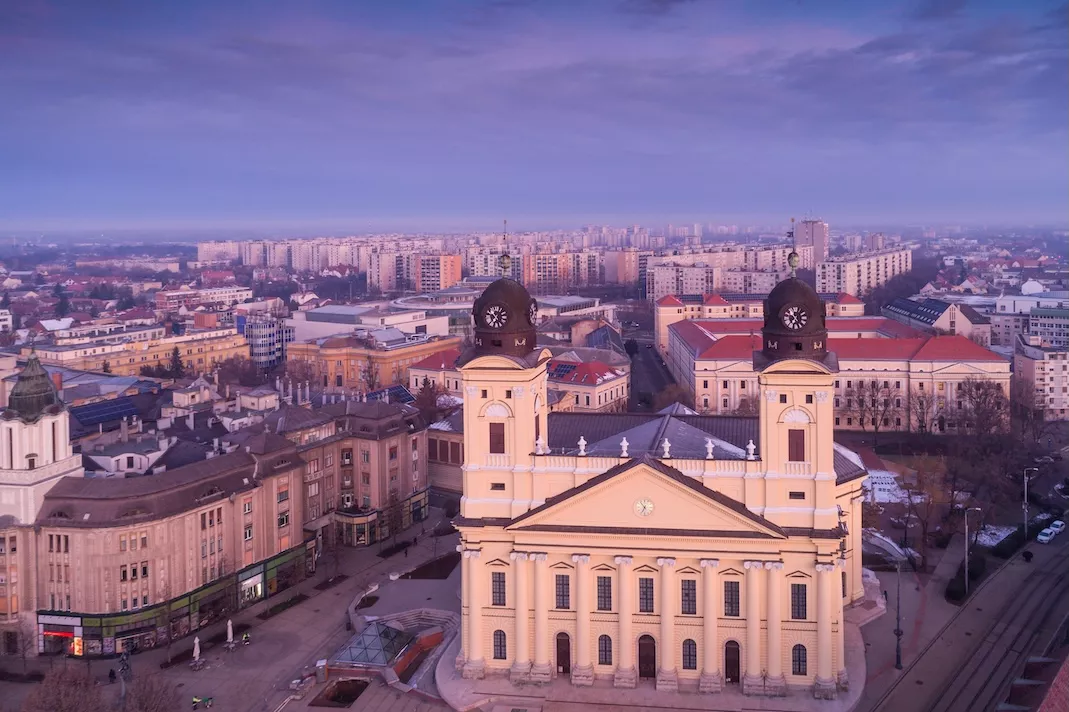Tourism across Central and Eastern Europe is rebounding at pace, with Budapest emerging as one of the region’s strongest-performing hotel markets, CBRE’s newest market report highlights.
Budapest’s average hotel occupancy rate reached 71% in 2024 — a 4 percentage point increase from the previous year. Average daily rate (ADR) rose to approximately €123, while revenue per available room (RevPAR) climbed 22% above 2019 levels.
Q1 2025 saw inbound tourism in Europe rise 2% year-on-year, with Central and Eastern Europe recording a more robust 8% growth. Budapest, in particular, has experienced strong weekend and holiday demand, further stabilized by growing traffic in shoulder seasons.
International visitor growth is strongest from Germany, Austria, Italy, the UK, France, and notably the United States – where long-haul travel has resumed with vigor. A promising emerging trend is the increase in high-spending tourists from Gulf countries.
According to 2024 data, the largest year-on-year growth was seen in tourists arriving from the U.S. (+18%), Austria (+17%), and Spain (+14%). In contrast, visitor numbers from Northeast Asia and the broader Asia-Pacific region declined by 43% and 33% respectively.
Premium segment hotels gain ground
Hungary’s total hotel capacity now exceeds 60,000 rooms, with the lion’s share concentrated in Budapest. The share of four-star properties has surpassed 50%, while five-star offerings are expanding primarily in central Budapest.
Beyond the capital, the three-star segment still dominates, though regional demand is shifting steadily toward higher-end accommodation. There is also growing demand for extended-stay options, fueling the expansion of apartment-style hotels.
Hotel investment in Hungary rose 15% year-on-year, with Budapest accounting for a significant share of the Central and Eastern European region’s €417 million in total hotel transaction volume. Most of the capital’s deals involved existing urban hotels or the redevelopment of mixed-use properties.
